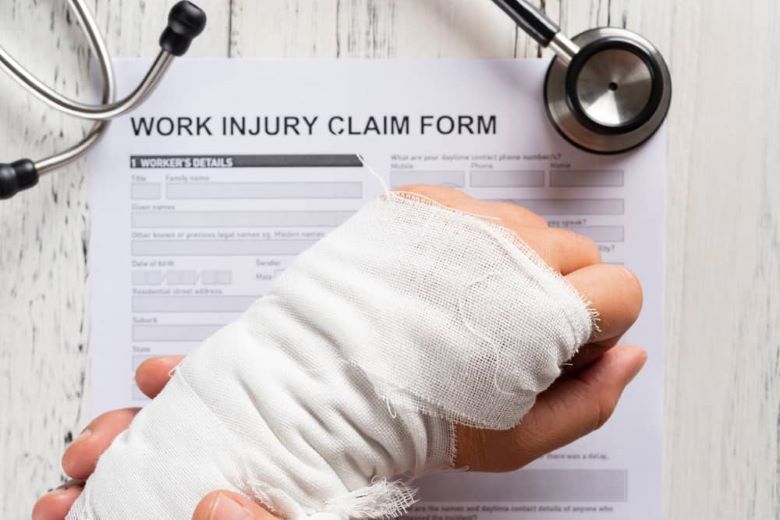
Getting injured on the job can throw your life into chaos, but workers’ compensation laws are designed to help you through it. Filing a claim can seem daunting, especially when you’re dealing with an injury, but it doesn’t have to be.
The best way to approach a worker’s compensation claim is in stages. This includes (a) immediate actions you’ll need to take after the injury occurs, (b) ongoing documentation of the injury event and medical treatment, (c) filing your claim, and (d) the process after submitting your claim.
Immediate Actions Post-Injury
As soon as you’re injured, notify your supervisor or HR department. There’s often a limited window (which can vary by state or country) to report an injury for workers’ comp eligibility, so doing this promptly is crucial. Follow whatever protocol is outlined, but this usually involves submitting a written notice of the injury, detailing how and when it occurred. (Be sure to keep a copy for your records!)
Your health is the top priority. Visit a healthcare provider to assess and treat your injury. Some employers may require you to see a specific doctor for the initial visit, but rules vary, so clarify this with your employer. Regardless, ensure the medical provider understands that your injury is work-related, as this will be noted in your medical records and is important for your claim.
Documenting Your Injury and Treatment
Document everything related to your injury and treatment. This includes medical records, receipts, and travel expenses to and from medical appointments. These documents will serve as evidence for your claim and can affect the amount of compensation you receive.
If your workplace prepared an incident report, request a copy. This report provides an official account of the circumstances surrounding your injury and can be really important in supporting your claim.
Filing Your Claim
Next comes the claims process. This is where things can get a little confusing and arduous. However, now is not the time to withdraw. You need to lean in and be proactive with how you approach the workers’ compensation claim.
As Rosenthal, Levy, Simon & Sosa explains, “Workers’ compensation covers employees who suffer an injury or illness caused by their work or working conditions. This includes injuries caused by accidents or illnesses caused by exposure to dangerous materials on the job. You may also get benefits if you travel for business, as well.”
In other words, workers’ compensation laws cover a wide range of injuries associated with being on the job. However, they aren’t just going to hand you compensation. You have to prove that your injuries are covered under your state’s laws.
Here are a few tips for navigating the bureaucratic elements of the claims process:
- Understand the Process: Familiarize yourself with your state’s workers’ compensation process. Each state has its own rules and deadlines for filing a claim. Typically, your employer will provide the necessary forms or direct you to the appropriate workers’ compensation board or agency.
- Complete the Claim Form: Fill out the claim form accurately and thoroughly. Describe the injury, how it happened, and its impact on your ability to work and perform daily activities. Be as detailed and clear as possible to avoid delays or disputes.
- Submit the Claim Form: Once completed, submit the claim form to the designated person or department within your company, or directly to the workers’ compensation board, depending on your state’s procedures. Ensure you adhere to the filing deadlines, and keep copies of all submitted forms and correspondence.
After Submitting Your Claim
Getting the claim submitted is a big step in the right direction. However, your responsibilities don’t stop here.
- Follow Up on Your Claim: Keep track of your claim’s status and be proactive in communicating with the workers’ compensation board and your employer’s insurance company. If there are any issues or delays with your claim, address them promptly.
- Attend Required Appointments: You may need to undergo additional medical evaluations or attend hearings related to your claim. Attend all appointments and hearings punctually, and prepare to discuss your injury and how it affects your work and daily life.
- Know Your Rights and Benefits: Understand the benefits you’re entitled to under workers’ compensation, which may include medical care, wage replacement, and rehabilitation services. If your claim is approved, ensure you receive the correct benefits. If it’s denied, you have the right to appeal the decision.
Make the Right Choices
There’s nothing more frustrating than being injured on the job. However, if you follow the right steps, there are protections in place to safeguard your best interests.
Use this article as a starting point, but be sure to hire an attorney to guide you through the process.


